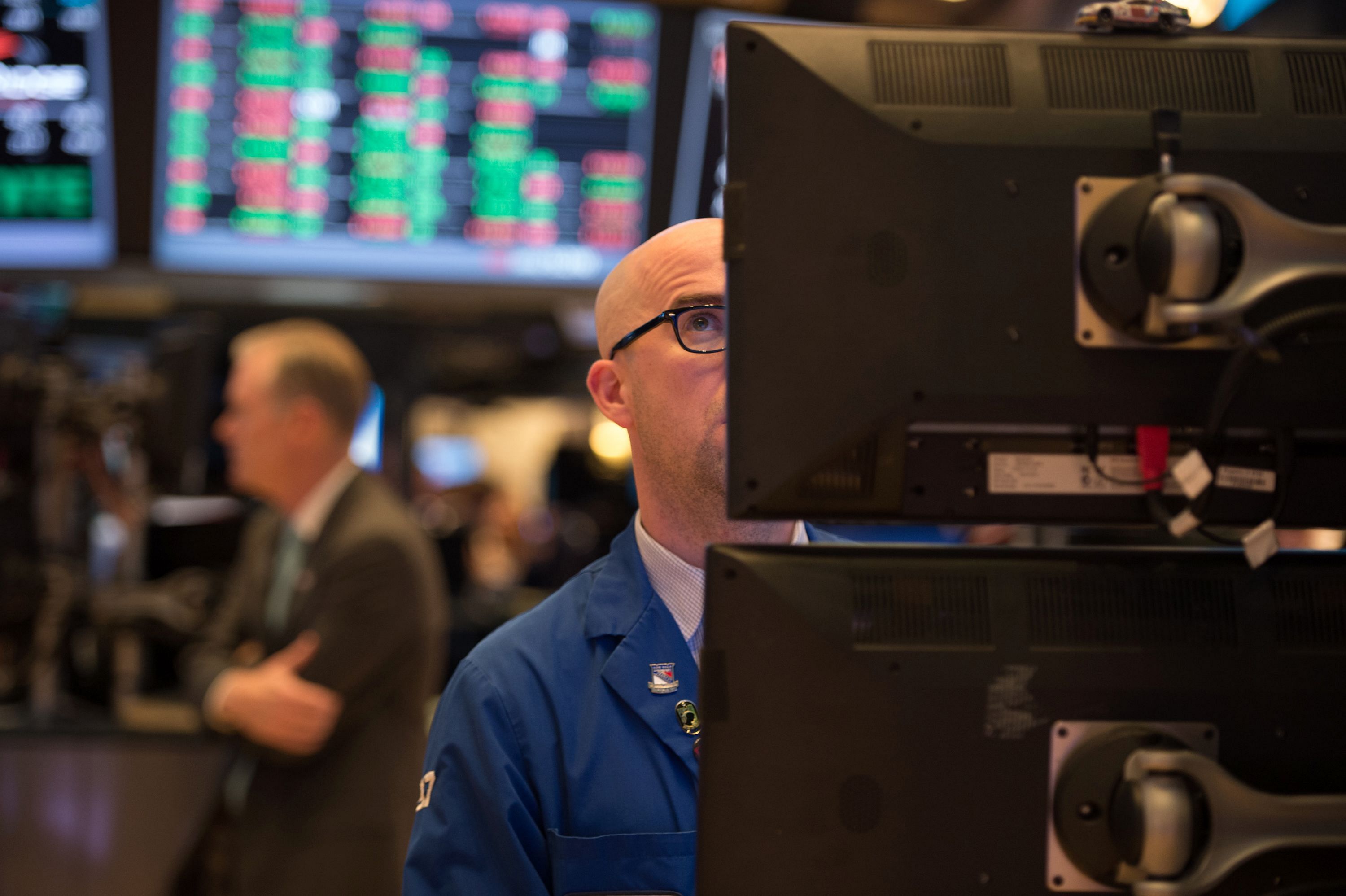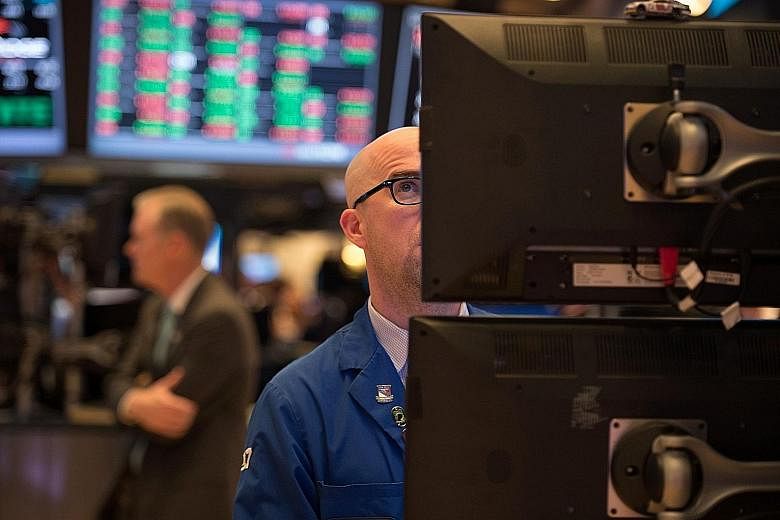I am always disappointed when people who invest in shares tell me that dividends don't matter. By people, I am referring to both traders and some long-term investors too. They tell me the sum earned through dividends amounts to nothing more than peanuts, representing a tiny drop in the bucket of returns, when compared to the potential from capital gains.
Short-term punters see dividends as a bit of extra money that could help offset some of their trading costs. Some long-term investors, too, can be guilty of that - thinking dividends are just insignificant nice-to-haves. They might look upon dividends as a way of defraying the overall costs of buying and selling shares.
But dividends can be a lot more than that. A company, we should remember, doesn't have to pay dividends, which are not mandatory unless the business is, say, a real estate investment trust. In the case of Reits, they are required to pay out at least 90 per cent of their profits as distributions to unit holders.
But other companies don't have to. When they do, it could be a sign of commitment on their part to share some of the profits they have made. Some companies might go even further - and pledge to pay a designated portion of their profits every year. Some might pledge to pay rising dividends.
Pledges are not binding contracts, of course, but they nevertheless signal an effort by managers to, at least, try and meet their promises. But we, as shareholders, should do our part. We need to check if the pledges are achievable. We could check if payout ratios are too stretched. We could also check if dividends can be comfortably met from cash flows. We could even do some basic arithmetic to see if growth is sustainable. Of course, no calculation is ever fool-proof. But it is better to be roughly right than totally wrong.
There is something else to bear in mind about dividends. A seminal study on dividends showed that ignoring dividends can seriously damage our wealth. The study showed that US$1 invested in the US stock market in 1900 would have grown almost 200-fold to US$198 in 2000. That should please any long-term investor. After all, the period included the Wall Street crash of 1929. But investors who had consciously and consistently reinvested their dividends would have seen their US$1 turning into US$16,797. This is 80 times more than those investors who had treated dividends as mere bagatelle.

It can be argued that the data applies to investing in US equites. What does that have to do with Singapore stocks? Admittedly, Singapore shares don't have nearly as long a history. Our Straits Times Index (STI), for example, only goes as far back as 1987. But that should still be long enough for us to draw some useful lessons.
Since 1987, the STI has risen from around 820 points to 3,175 points. So, $1 invested in a basket of Singapore companies would have grown to $3.87 - without factoring in dividends. If an average yield of 3 per cent is applied, the $1 invested 30 years ago would have turned into $8.78 today.
Investors today can, perhaps, try to learn something from the past. Let's say we start off with an initial investment of $10,000, then assume that we add $500 to the investment every month. Based on an annual growth rate of 5 per cent, the investment could grow to $1 million in 43 years. That assumes that none of the dividends are reinvested. But if the dividends are reinvested promptly, the time that it could take to reach $1 million is substantially reduced to 31 years.
At the moment, some of us are worried about the impact that US President Donald Trump could have on the global economy and our investments. On any particular day, the stock market could be up significantly, while the next day it could be down substantially. But it wasn't that long ago when we weren't worried about Mr Trump at all. Instead we were fretting over the great financial crisis, the bursting of the dot.com bubble and, before that, the Asian financial crisis. Despite every stumbling block that has been put in the way of the market, Singapore shares have still managed to rise. The STI has fluctuated but it has still risen.
So, we investors need to look past Mr Trump and focus on the future. If the stock market can cope with the Wall Street crash of 1929, Mr Trump will be nothing more than a footnote in history, if that.
• This is a regular column on stocks and investing by Mr David Kuo, chief executive of The Motley Fool Singapore.

